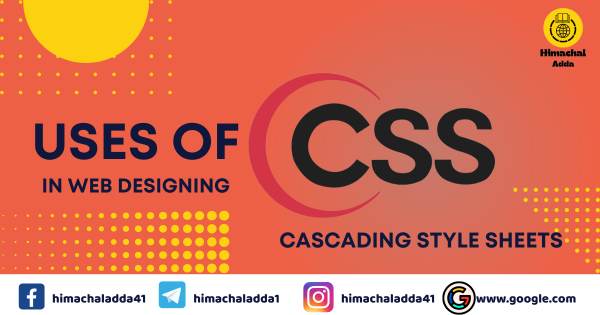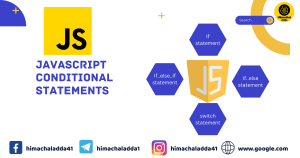Use of CSS in Web Designing
CSS stands for Cascading Style Sheets. It is a language that is used to style and layout web pages, such as changing the font, color, size, and spacing of the content, splitting it into multiple columns, or adding animations and other decorative features. CSS works together with HTML, which is the markup language that defines the structure and content of the web page. CSS can be applied to HTML elements using different methods, such as inline styles, internal style sheets and external style sheets.
Uses of CSS in Web Design:
- Styling Text: CSS allows us to control the font size, type, color, and style of text on a webpage. This is essential for making text content more readable and visually appealing.
- Backgrounds: we can use CSS to set background colors or images for different elements on a webpage, such as headers, paragraphs, or entire sections.
- Layout and Positioning: CSS is vital for controlling the layout and positioning of elements on a webpage. We can use CSS to arrange elements in columns, create responsive designs for various screen sizes, and control the spacing between elements.
- Borders and Boxes: CSS allows us to add borders and define the size and shape of boxes, which can be applied to images, buttons, and other elements to enhance their appearance.
- Responsive Design: With CSS, we can make our web pages responsive, meaning they adapt and look good on different devices and screen sizes. This is achieved through techniques like media queries and flexible layouts.
- Animations and Transitions: CSS enables us to create animations and transitions to make our webpage more engaging and interactive. we can apply effects like fade-ins, slides, and rotations to elements.
- Typography: CSS gives us precise control over the typography on our webpage, allowing you to adjust line spacing, letter spacing, and text alignment to improve readability and aesthetics.




